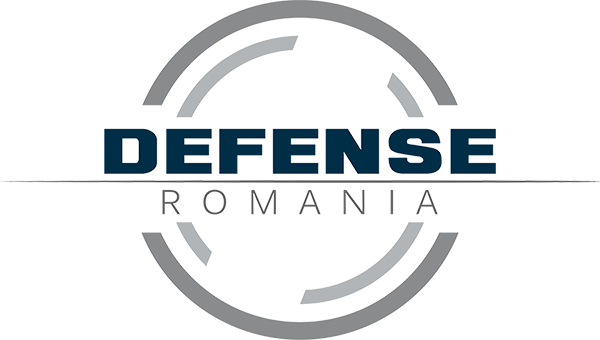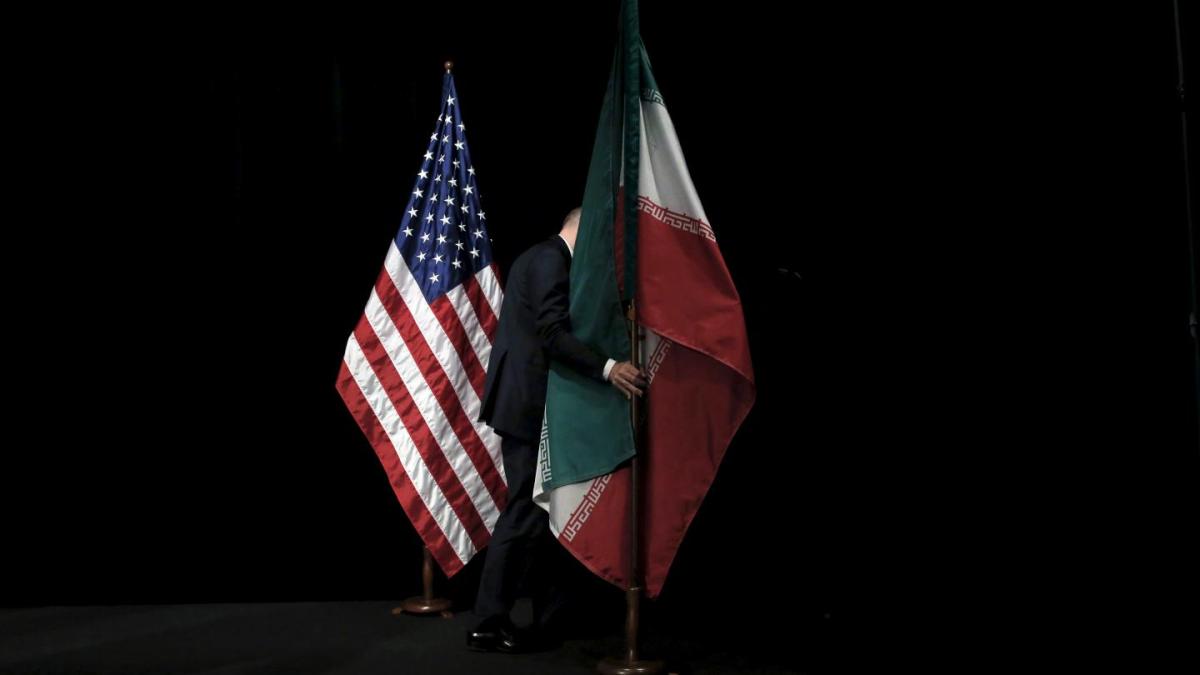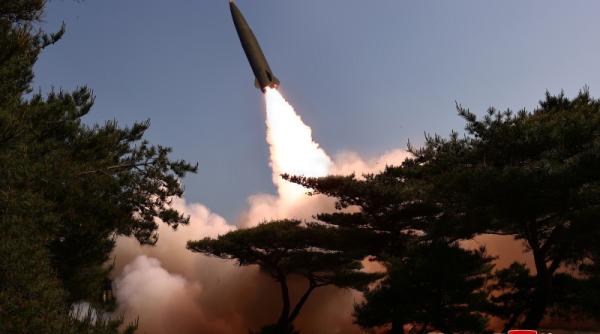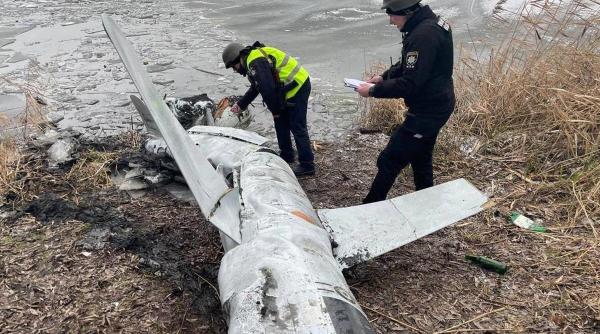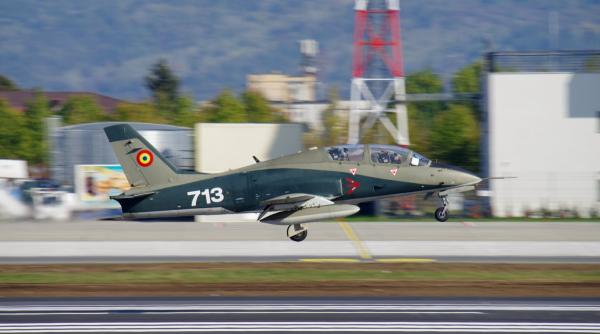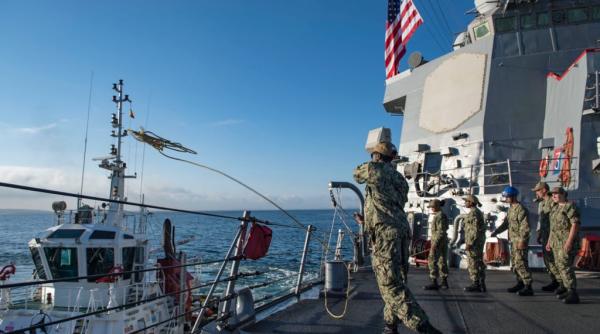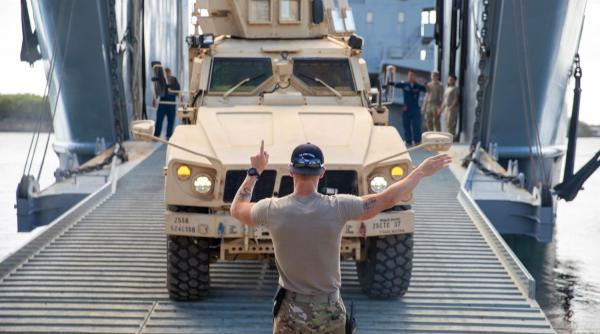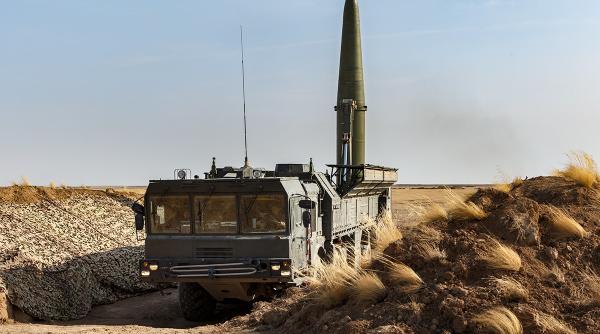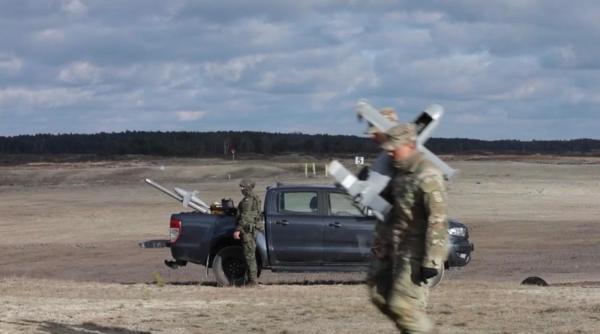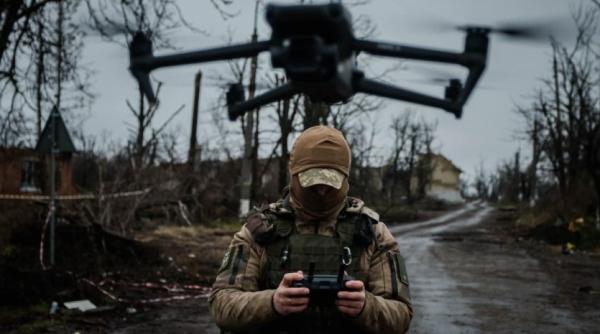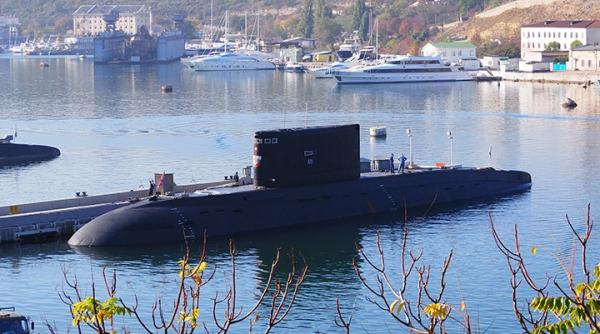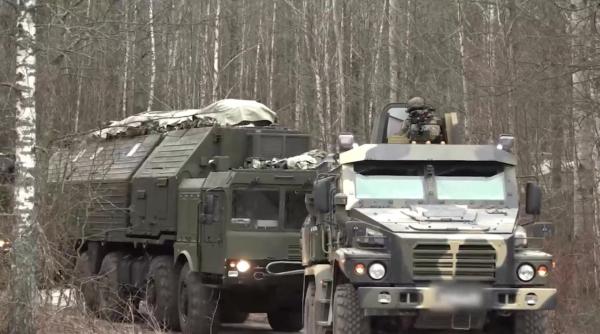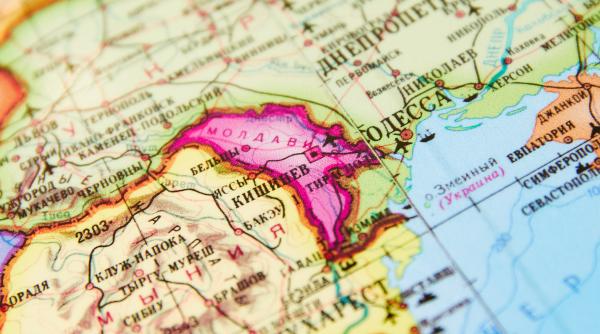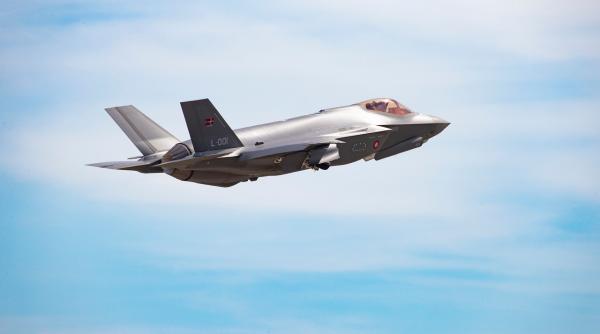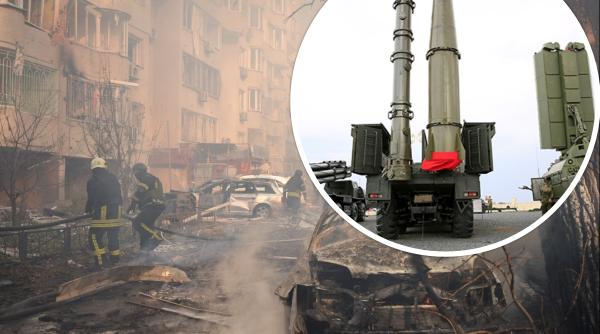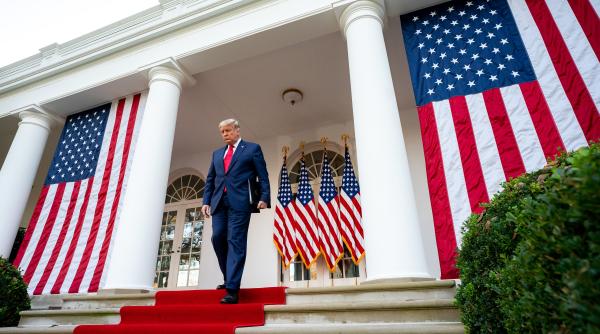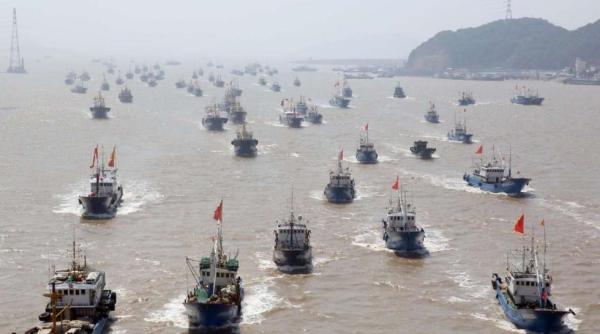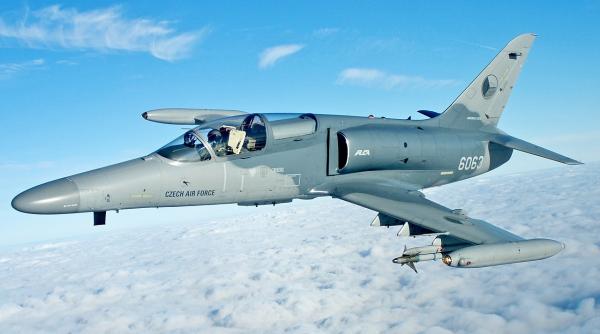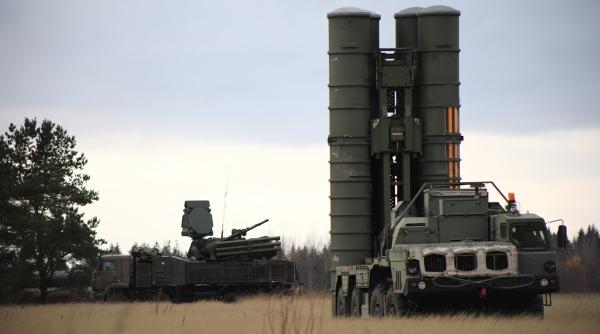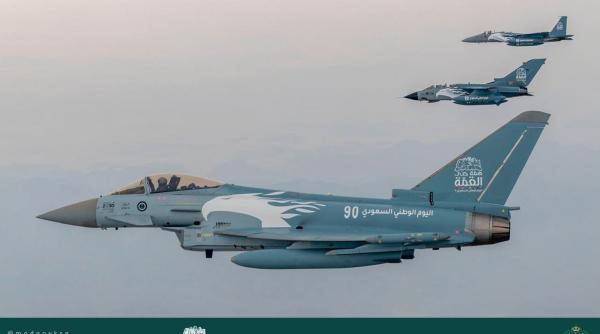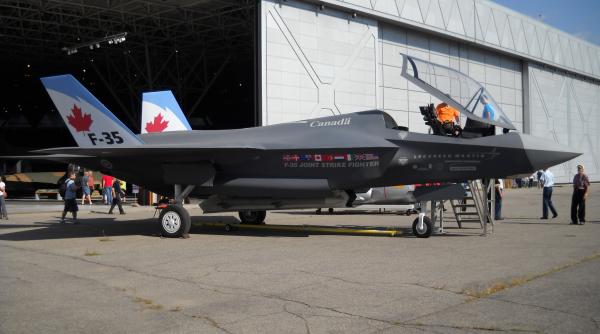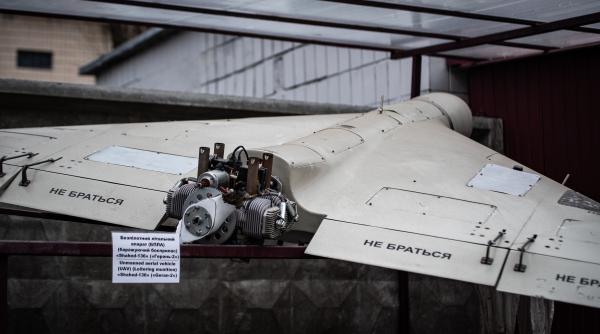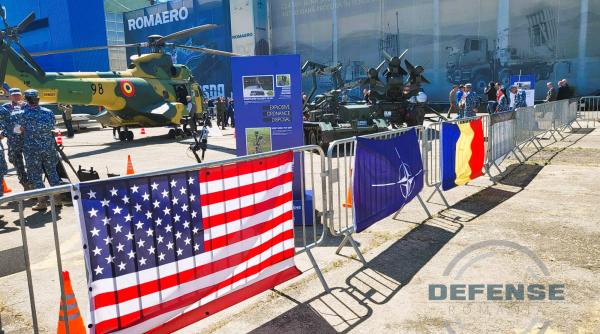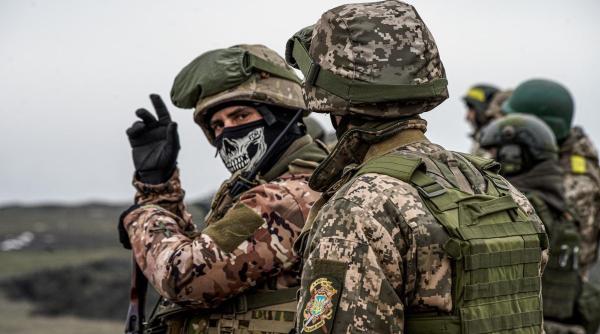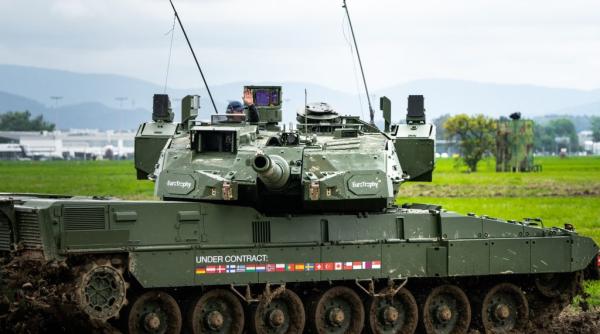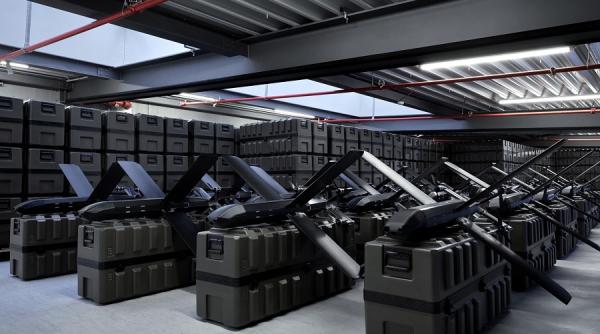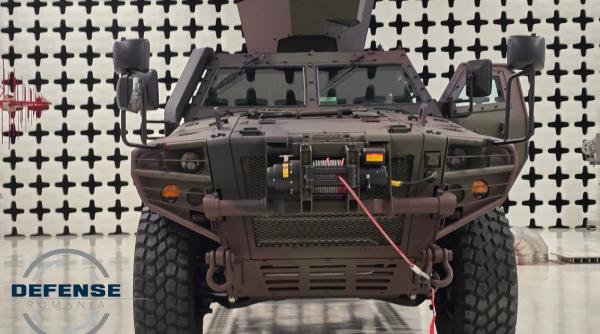The conflict between the USA and Iran is heating up very fast. Without showing any option to defuse the looming conflict, both parties seem to be heading towards a confrontation. The only open questions are “where, how and when it will happen?” With a stroke of his pen US president Donald Trump has put additional oil on the already burning fire with Iran, as he decided not to renew the Iran sanctions waivers for several European and Asian countries. By putting additional pressure on Iran, the Trump Administration is aiming to bring the extremist Shi’a regime on its knees, without going into a full military confrontation yet. The end of the waivers, which has given mainly Asia’s main oil importers, China, Japan and India, and several European countries, the opportunity to access Iranian oil volumes against very low prices the last months, will hit Iran for sure. Tehran’s already fledgling economy, combined with a major financial outflow to Syria, Lebanon and other places, will put pressure on the Ayatollah regime to change its moves. At least, Washington expects that Tehran will budge. Reality is however a bit different it seems. Almost direct after the Trump decision was made public, Iranian officials went to the media to declare a very hardline position of Tehran.
Iran’s foreign minister Jayad Zarif indicated that the US sanctions will not bring Iran on its knees, as Iranians have PhDs in sanction busting. The days just after the Trump statements Iranian officials already had threatened to block the Strait of Hormuz, blocking all Arabian Gulf oil and gas trade if Iran was hit by a total economic blockade. The latter message was repeated by Zarif in New York. Analysts agree that no US sanction regime will bring Iranian oil exports to zero. Reality has shown that by offering large discounts to customers oil will stay flowing. Still, the economy will be hit very hard, putting more pressure on the regime. The latter could in the end revert to military actions against the US and its allies.
The last years a possible closure of the Strait of Hormuz by Iran has been debated widely in the media. Analysts don’t agree yet about the possibility of a full blockade of the Strait. However, most agree that a short term closure is a possibility, having a debilitating effect on oil and gas (LNG) prices worldwide. Zarif reiterate that this is an option currently being discussed in Tehran. "We do not want to take any escalatory steps. This is our intention. The Strait of Hormuz and the Persian Gulf are our lifeline," he said. The latter however stated that “if the United States decides or attempts to disrupt that by preventing us from using our own waters to advance our national economic interests, then it's changing the entire balance and the entire equation". As the Strait of Hormuz is more than twenty miles wide, a full and extended period of time of closure will be very hard. Still, the threat to international maritime traffic in the area will be high, especially if Tehran, via its IRGC forces, will use asymmetric warfare tactics. Defense against swarming speedboats and missile attacks will be very hard.
Looking at Iran’s naval capabilities, the outcome is unclear. Tehran has presented several high profile Anti-Ship-Ballestic Missile (ASBMs) the last years, but their real capabilities are still unclear. A worrying factor is however the close cooperation between Tehran, Beijing and North Korea. China has already in 2009 developed a mobile medium-range ballistic missile (DF-21D), which is designed to sink ships over 900 miles away. The latter could sink even US nuclear-powered aircraft carriers. Washington’s answer was its own system, the SM-3 missile. In 2011 Iran reported that it had developed an anti-ship ballistic missile, which was confirmed by US intelligence in 2014. The Iranian missile, Khaliij Fars (Persian Gulf), is a development of the Iranian developed Fateh-110 short-ranged ballistic missile. According to US thinktank CSIS in 2014 the Khalij Fars has likely entered service with operational IRGCN units. Even that the Khalij Fars is not fast and very accurate, it can be effective in the Strait of Hormuz area. The latter is very narrow, so without a lot of maneuverability for navy ships. It will be reasonably easy for IRGC Navy vessels and teams to pinpoint US (allies) vessels in the Strait. At the same time, Iran has also build in 2014 a faster (Mach 4) anti-radiation variant of the Khalij Fars called the Hormuz-1 and -2 designed to home-in on land- and sea-based radars. Other reports mention the development of the Fateh-Mobin (“Bright Conqueror”) variant of Fateh-110 with an infrared-seeker for terminal guidance, and claimed radar-evasive features. IRGC Aerospace Force’s Commander General Amir Ali Hajizadeh reported the development of a new guided ASBM with 700 kilometer (434 miles) strike range in October 2018.
Still, analysts expect that if Iran reverts to one of these options, it will most probably use proxy militias, to prevent a full-scale US-Arab military reaction. The other option is to hit or act not in the Arabian/Persian Gulf, but in the Red Sea (Gulf of Suez, Bab el Mandeb) or even in the East Mediterranean. The Red Sea arena could be very realistic, as Iran holds access to area, has even military bases and links, such as Sudan and Yemen. By threatening via proxies not only Saudi Arabia-US but also Egypt (Suez Canal), the conflict will be brought outside of the Gulf. For Tehran a potentially low cost option, but functional as military forces of the anti-Iran coalition will need to be stretched.
An even more worrying development at present is that Iran has signed an agreement with Syria to lease the latter’s main commercial port Latakia. The latter, seen by some as the last stone in the Shi’a encirclement of the Sunni world, giving it access to the Mediterranean, can be used as a base for military action too. It also threatens to bring Europe and Israel into the overall conundrum at the same time. Syria and Iran have been reportedly discussing the Latakia deal since February 25 2019, when Syria’s president Assad visited Tehran. Sources have indicated that Iranian Maj. Gen. Qassem Suleimani, commander of the Quds “Jerusalem” Force, a branch of the Islamic Revolutionary Guard Corps (IRGC), attend all the meetings. The latter indicates that the IRGC will be either partially or completely oversee the port’s operation. Analysts expect that the IRGC will militarize the port in the coming months.
At the same time, the US-Iran confrontation also could lead to another form of ‘military’ conflict. By only targeting US allies, mainly the Arab Gulf States, a military confrontation could be prevented first. As shown already before by the Iranian cyber attacks on Saudi Aramco and others, Tehran holds the necessary capability to deliver a severe or even debilitating stroke to the leaders of oil cartel OPEC. When increased US pressure really starts to hurt, Tehran could decide to hit Saudi-UAE and even Egypt’s infrastructure and energy projects via cyberattacks. The latter would be a low-cost Iranian attack with a severe destabilizing effect on the whole region. Washington’s response would need to be muted, as long as the main culprits of the cyber warfare against its allies would not be able to be pinpointed.
